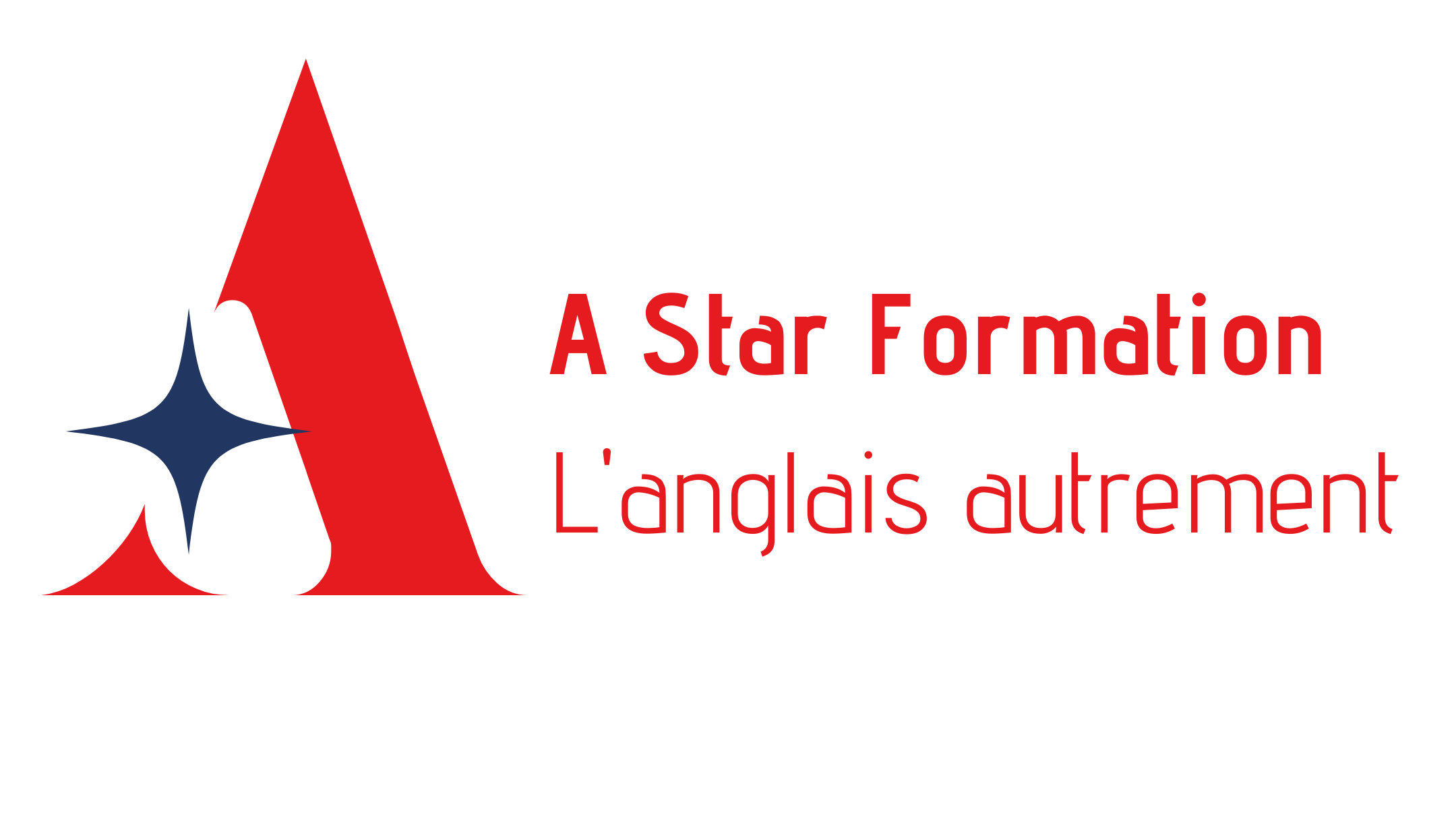Maybe you’ve heard people talk about their language level in terms of B1 or A2. These are the Council of Europe’s Framework of Reference for language levels, which aim to give a coherent and standardised idea of someone’s level in any language. The levels start at A1, which is a beginner to C2, which is basically someone who has a native or near-native level of mastery.
The CEFRL levels are an extremely useful tool to describe someone’s language level. Teachers use them to assign levels to people and you can also do tests which will give you a certificate of your CEFR level. Pipplet FLEX does this for example, which is the test we use for CPF training.
The French government aims for students taking the Bac to have a B2 level in English, but in reality, most students who take the French Bac have an A2 level , unless they have come from international or European sections (which is not very good when you think that Swedish students are leaving school at C1 level!) If you want to graduate from an engineering school, you need a B2 level.
Here is an overview: [IMAGE]
o know more about the what exactly each level represents,
The levels are quite wide, so within one level you can find a lot of difference. B1 level for example, covers a big plateau. You also have to remember that the levels are not exact for every skill: someone can be a B2 in speaking, but a B1 in writing.
Let’s look a little closer at each level:
A1: You can:
- Understand and use everyday phrases and use simple phrases to talk about concrete things.
- Introduce yourself or someone else; ask and answer simple personal questions
- Communicate with someone who is speaking slowly and clearly.
- At this level, you don’t have enough English to travel easily and you would definitely not be able to work in English.
A2: You can:
- Understand common sentences and expressions related to immediate situations or concrete ideas.
- Talk about everyday and familiar subjects
- Use English to do simple everyday tasks. You are not able to continue a conversation at this point.
- Understand the main point in simple language.
- At this level you can manage to speak to people when travelling and do basic tasks like ordering in a restaurant.
B1: You can:
- Have an unprepared conversation about familiar topics
- Talk about more complex topics such as dreams or ambitions and give simple reasons or opinions
- Understand the main points when someone is talking clearly and not too fast
- At this level, you can work in English when communication is simple, for example working as a receptionist.
B2: You can:
- Understand most conversation and TV news, as long as the accent is familiar.
- Interact with fluency and spontaneity and express your views
- Talk about a wide range of subjects and give advantages and disadvantages
- This is the level that most Bac+5 jobs require
C1: You can:
- Understand films and TV without too much effort
- Speak confidently and fluently without searching for words or expressions too much
- Can present complex topics in detail in a structured way
- If you are at a C1 level, you can work confidently in English
C2: At this level you are basically bilingual and usually have achieved this by spending a long time immersed in an English-speaking environment. Native English-Speakers are C2 level.
- Speaking is effortless
- You can understand everything, providing you have had time to get used to particular accents
- At this level you could work either in English or in your own language and switch between the two effortlessly.
